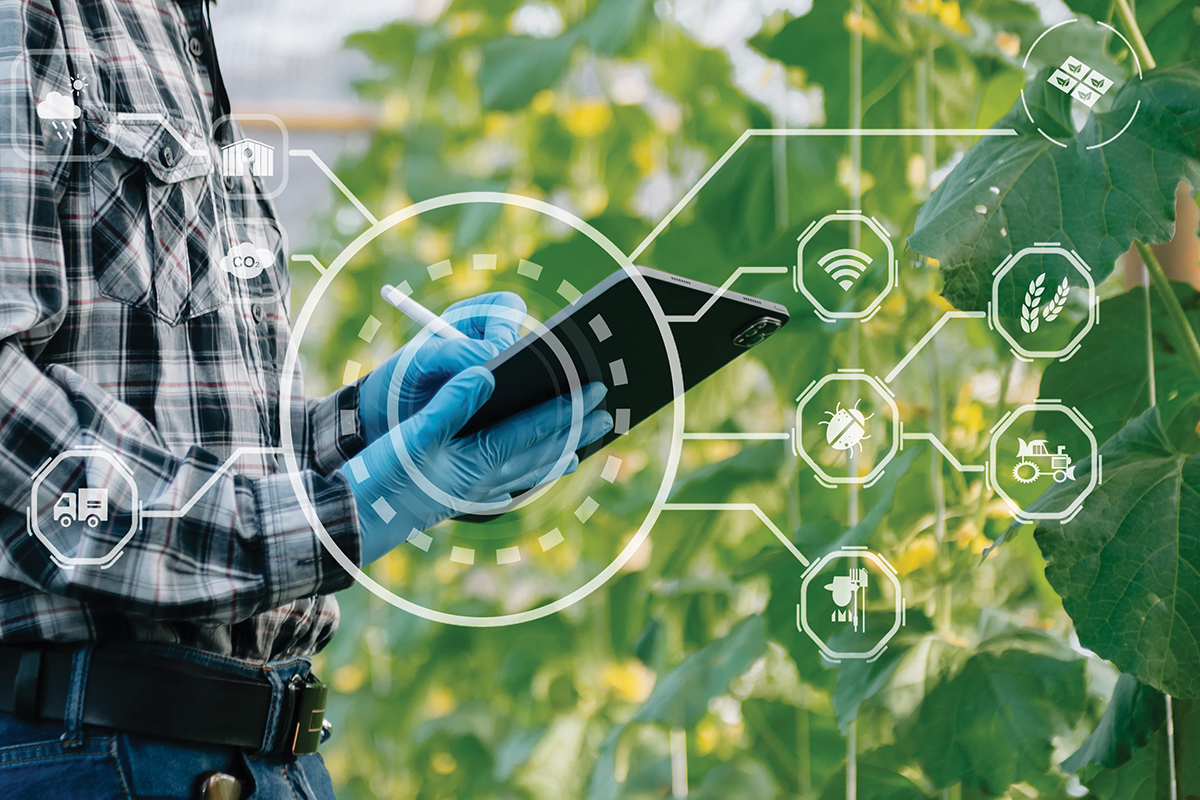
Photonics for CLEAN AIR
By using the power of light, we can effectively monitor air quality
The importance of clean air
Clean air is essential for maintaining good health. Air pollution, especially of prolonged exposure, can have severe health effects and are associated with for instance respiratory diseases, cardiovascular diseases, and lung cancer.
Clean air is also vital for preserving ecosystems and protecting wildlife. Air pollution can harm plant life, disrupt ecosystems, and contribute to acid rain, which can damage forests, bodies of water, and aquatic life. Reducing air pollution helps safeguard the environment and biodiversity.
Therefore, it is crucial to monitor air quality and take action to prevent (further) exposure to poor air quality. Photonics plays a key role in the monitoring of air quality and in identifying the type of pollution as well as its source.
The role of photonics
Photonics-based sensors can be designed to detect specific gases in the air, such as carbon dioxide (CO2), methane (CH4), sulfur dioxide (SO2) and nitrogen oxides (NOx). They can determine the presence and concentration of specific molecules based on their unique spectral fingerprints, which are specific absorption or emission patterns.
Detection systems require a spectrometer or sensor that operates in the specific wavelength range corresponding to the gases that are being measured. For instance, CO2 has strong absorption bands in the infrared (IR) region of the electromagnetic spectrum. SO2, on the other hand, has absorption bands in the ultraviolet (UV) and visible regions of the spectrum.
LiDAR can be used to monitor air quality over large areas and can provide real-time data on air quality. LiDAR (Light Detection and Ranging) is a remote sensing technology that uses laser light to measure distances and detect objects and can be used to identify pollution sources and track changes over time.
Photonics also enables the efficient transmission of data, which allows for fast and reliable transmission on air quality data from monitoring stations to decision-makers and the public, enhancing public awareness and allowing for quick response to deteriorating air quality.
Want to know more?
Want to get in touch with companies supplying components or systems for air quality monitoring?
Contact us at info@photonics4.com







